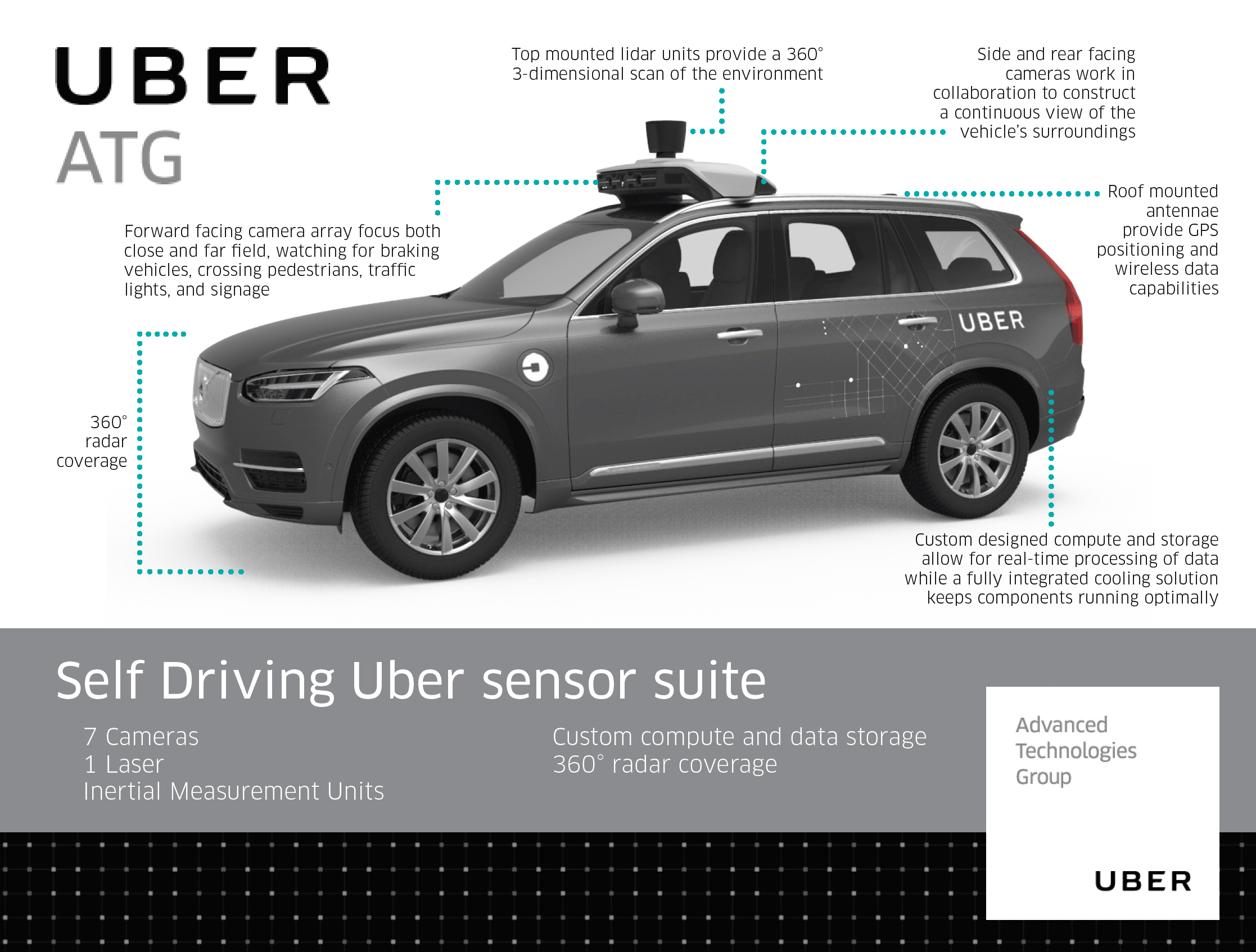
A self-driving vehicle made by Uber has struck and killed a pedestrian. It’s the first such incident and will certainly be scrutinized like no other autonomous vehicle interaction in the past. But on the face of it it’s hard to understand how, short of a total system failure, this could happen when the entire car has essentially been designed around preventing exactly this situation from occurring.
Something unexpectedly entering the vehicle’s path is pretty much the first emergency event that autonomous car engineers look at. The situation could be many things — a stopped car, a deer, a pedestrian — and the systems are one and all designed to detect them as early as possible, identify them, and take appropriate action. That could be slowing, stopping, swerving, anything.
Uber’s vehicles are equipped with several different imaging systems which work both ordinary duty (monitoring nearby cars, signs, and lane markings) and extraordinary duty like that just described. No less than four different ones should have picked up the victim in this case.
Top-mounted lidar. The bucket-shaped item on top of these cars is a lidar, or light detection and ranging, system that produces a 3D image of the …read more
Source:: TechCrunch Gadgets

 Previous post
Previous post
 Next post
Next post